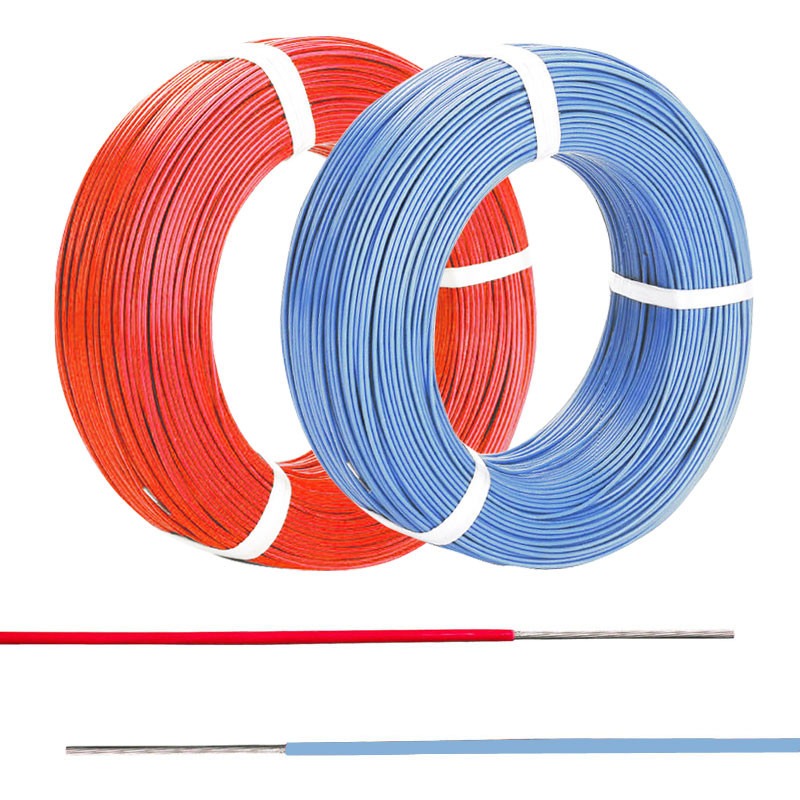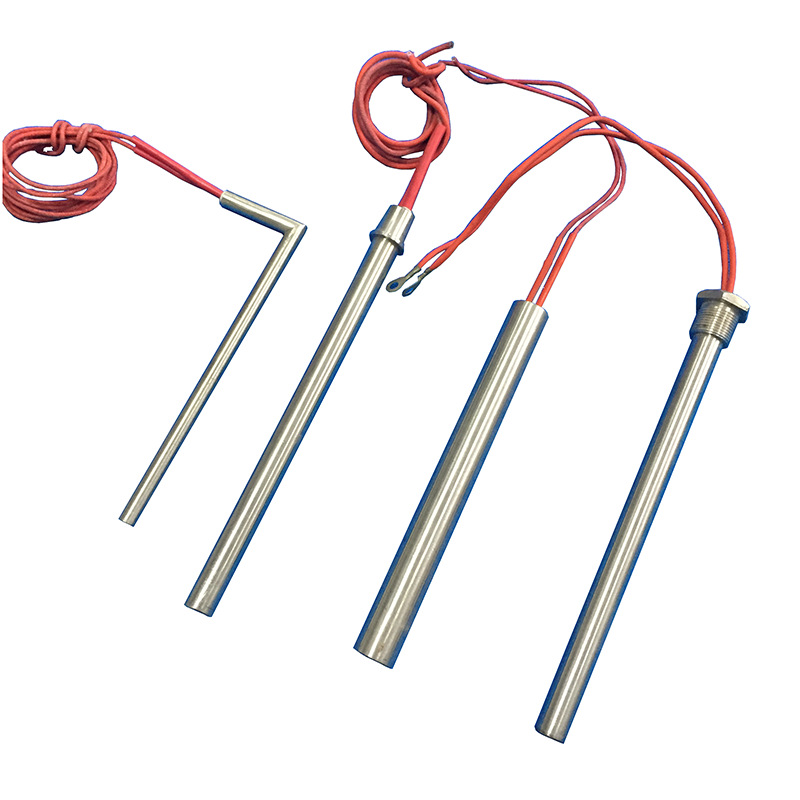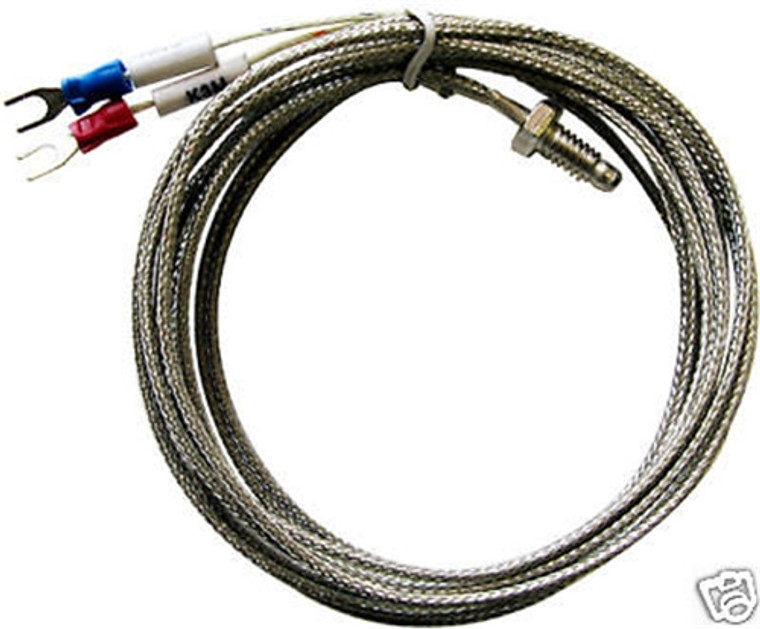Immersion tubular heaters are indispensable in industries and households for their efficiency and reliability. Whether you’re looking to heat liquids, oils, or even gases, these heaters offer a cost-effective solution. However, understanding the right way to use an immersion tubular heater is essential to maximize performance and extend the equipment’s lifespan.
This guide provides actionable steps and facts to help you make the most of your heater.
What Is an Immersion Tubular Heater?
An immersion tubular heater is a versatile heating element designed to be directly immersed in a medium—usually liquid or gas. The heat generated by the element is efficiently transferred, making it ideal for applications requiring rapid and consistent heating.
Common industries that rely on these heaters include:
- Chemical processing: For heating chemicals and solutions.
- Food and beverage: To maintain safe processing temperatures.
- Water treatment: For sterilizing and heating water.
- Manufacturing: For heating oils, fuels, and other materials.
Step-by-Step Guide: How to Use an Immersion Tubular Heater
1. Understand the Specifications
Before using an immersion tubular heater, check its specifications:
- Voltage and wattage ratings.
- Material compatibility (stainless steel, Incoloy, or titanium for corrosive environments).
- Maximum operating temperature and pressure.
2. Prepare the Medium
Ensure the liquid or gas being heated is free from debris. Particles can adhere to the heater, causing inefficient heating or damage over time.
- For water heating: Use filtered or soft water to minimize scaling.
- For chemicals: Verify the heater’s material compatibility to avoid corrosion.
- For oils: Ensure the oil’s viscosity is suitable for the heater’s power output.
3. Correct Placement
- Submerge the heater entirely in the medium to avoid dry firing.
- Maintain the recommended clearance around the element for even heat distribution.
- Use mounting brackets if required to secure the heater.
Warning: Operating an immersion tubular heater outside the medium can cause overheating and failure.
4. Monitor Temperature
Always use a thermostat or temperature controller to regulate the heating process. Overheating can damage both the heater and the medium.
- Set the thermostat to a safe operating range.
- Monitor temperature changes to prevent overheating accidents.
5. Perform Regular Maintenance
Routine maintenance ensures your heater remains efficient and safe.
- Inspect for scaling or residue buildup regularly.
- Clean the heater with non-corrosive solutions.
- Replace worn-out components like gaskets or seals.
Key Benefits of Proper Use
Using an immersion tubular heater correctly delivers:
- Reduced energy costs due to efficient heat transfer.
- Increased lifespan of the heater through proper maintenance.
- Improved safety by minimizing risks of overheating or damage.
Latest Trends in Immersion Tubular Heaters
- Smart controllers: Integration with IoT devices for remote monitoring and control.
- Eco-friendly materials: Manufacturers are focusing on recyclable and sustainable components.
- Enhanced corrosion resistance: New alloys like Inconel 825 improve longevity in harsh environments.
Last Word
An immersion tubular heater is a versatile and efficient tool when used correctly. By following the steps outlined—preparation, placement, temperature monitoring, and maintenance—you can ensure safe and effective operation. Invest time in understanding the specifications and stay updated with the latest trends to get the best out of your heater. With proper care, this equipment can provide years of reliable service.
Ready to heat smarter and safer? Start applying these tips today!














